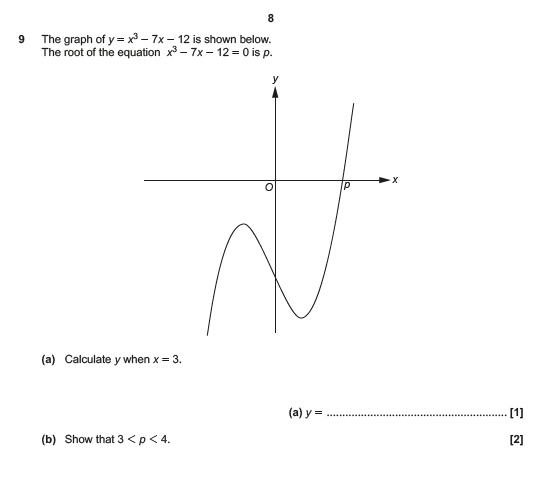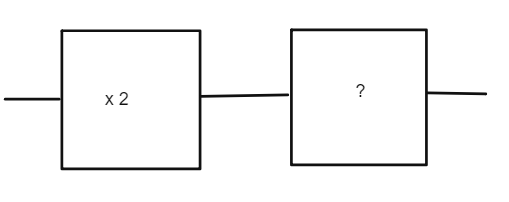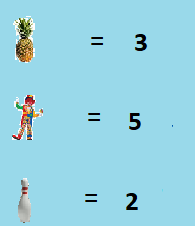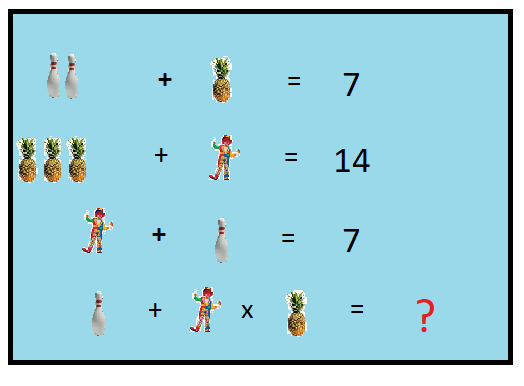I thought I’d finish the week with a problem from my friends at ‘Quora’.. but then I found most of this weeks problems were difficult questions requiring University Maths! Yes I could follow (most) of it but it was all a little ‘off-piste’ for this diary, So here is a problem with can solve using Simultaneous equations
A word problem
So I have picked out a wordy problem that might look complicated at first sight, but we really just need to turn it into a couple of equations… Let’s see

Lets call our numbers a and b – That’s always a good start with Algebra.
Let’s get some simultaneous equations
The first equation gives us the sum. So
a + b = 26.
With the second equation, we need to decide which is the larger number. It doesn’t matter which be choose. Let’s say a is larger.
a = 5 + 2b (a has a value 5 more than twice b)
This is where we can solve the simultaneous equations. I’ll make a video on all the ways to do this soon, but for now I am going to solve these ‘by substitution’
I am going to substitute into the first equation the expression for a in the second. In the () you will see I have replaced ‘a’ with what a = in the second
(5 + 2b) + b = 26
We can together together terms
5 + 3b = 26
Take 5 from both sides
3b = 21
And from this see that b = 7. And so a = 19 (Twice b plus 5).
Check your answer with the other equation
As a final check 7 + 19 = 26
So there we have it the two numbers are 19 and 7
For more information on solving simultaneous equations, take a look at this More Help on simultaneous equations


 If we put 6 into this number machine we get 6 out. What is missing in the second box?
If we put 6 into this number machine we get 6 out. What is missing in the second box?
